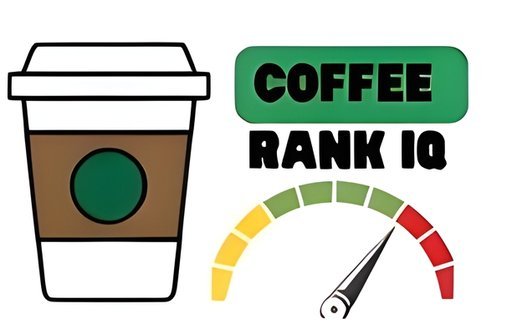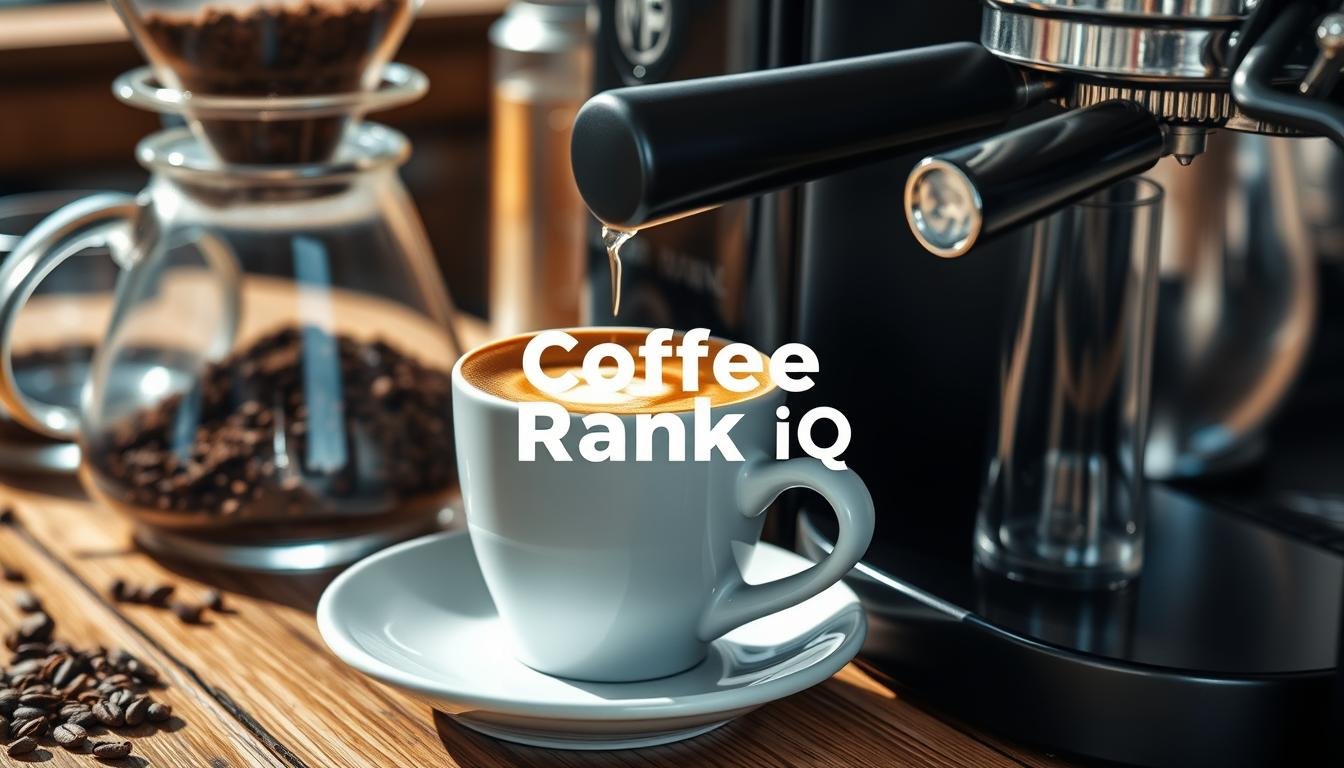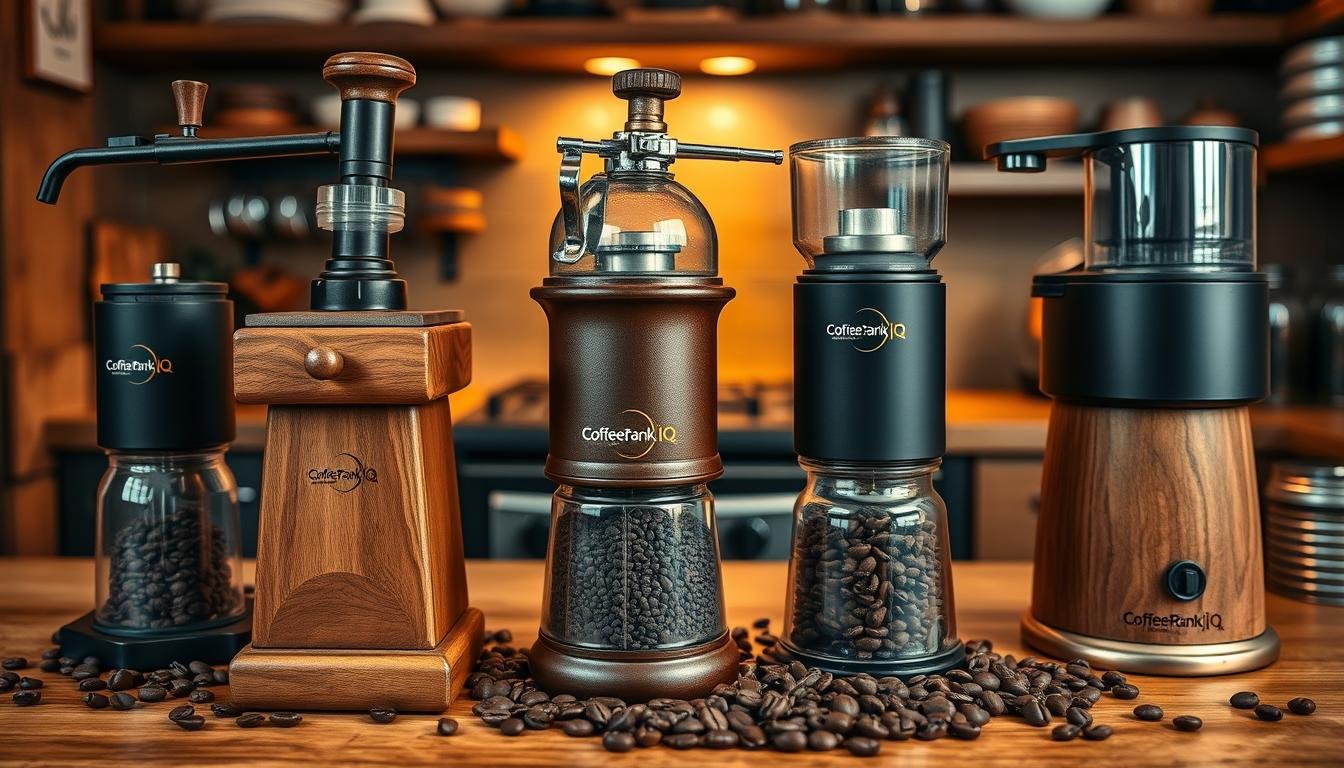In this comprehensive guide, you will discover everything you need to know about using basket coffee filters for 8-12 cup coffee makers, from selecting the right type of filter to optimizing your brewing process for the perfect cup of coffee. Leveraging clear, expert insights, this article will walk you through the differences in filter materials, the impact of filter design on taste, and the steps to maintain your coffee maker for consistent performance. Whether you are a seasoned coffee enthusiast or new to brewing, this guide will equip you with the knowledge to enhance your coffee-making experience and achieve impeccable results every time.
The Ultimate Guide To Using Basket Coffee Filters For 8-12 Cup Coffee Makers
Have you ever wondered what goes into making that perfect cup of coffee with your 8-12 cup coffee maker? While the choice of coffee beans and water quality are often discussed, the type and use of coffee filters can have an immense impact on the taste and quality of your coffee. This guide aims to provide you with comprehensive knowledge about using basket coffee filters, helping you make an informed decision to ensure you get the best possible brew.
What Are Basket Coffee Filters?
Basket coffee filters, also known as flat-bottom filters, are one of the most common types of coffee filters used in drip coffee makers. These filters are usually paper or metal and are characterized by their flat bottoms that sit snugly in the coffee maker’s basket. They are specifically designed to work with 8-12 cup coffee makers, facilitating an even water flow through the coffee grounds.
Types of Basket Coffee Filters
Understanding the different types of basket coffee filters can help you make an informed choice to suit your needs.
| Type | Material | Advantages | Disadvantages |
|---|---|---|---|
| Paper | Paper | Easy clean-up, inexpensive, good absorption | Not eco-friendly, can tear |
| Metal | Stainless Steel or Gold-plated | Durable, reusable, eco-friendly | Initial cost is higher, requires cleaning |
How Basket Coffee Filters Affect Your Coffee
The type of filter you choose can directly impact the taste, texture, and strength of your coffee. Paper filters, for instance, are excellent for capturing fine coffee particles and oils, which results in a cleaner, brighter cup. On the other hand, metal filters allow more oils and fine particles to pass through, giving a richer, fuller body to the coffee.
Choosing the Right Basket Coffee Filter
Selecting the right basket coffee filter involves considering various factors such as material, size, and brand. Here’s a detailed overview to help you make the best choice.
Material Considerations
- Paper Filters: These are ideal if you prefer a cleaner cup of coffee. They are disposable, making clean-up a breeze. However, they generate more waste.
- Metal Filters: These are more durable and environmentally friendly. Though they require washing after each use, they produce minimal waste and a richer cup of coffee.
Size and Compatibility
Ensure that the filter size matches your specific coffee maker model. Most 8-12 cup coffee makers are designed to work with standard-sized basket filters, but it’s always best to check your machine’s manual for compatible sizes.
Brands to Consider
Certain brands are renowned for their quality and consistency. Here are a few to consider:
| Brand | Type Available | Price Range | Availability |
|---|---|---|---|
| Melitta | Paper | $10 – $20 | Widely Available |
| Cuisinart | Metal | $15 – $30 | Widely Available |
| GoldTone | Metal | $10 – $25 | Online and Retail |
| Aerolife | Paper and Metal | $8 – $22 | Online |
How to Use Basket Coffee Filters
Using basket coffee filters isn’t as straightforward as simply placing them in the basket and adding coffee grounds. Here are the steps you should follow to ensure optimal brewing.
Preparation
- Rinse the Filter: If you are using a paper filter, it’s a good idea to rinse it with hot water. This helps remove any paper taste that might affect your coffee. For metal filters, ensure they are clean and free of any old coffee residues.
- Place the Filter: Sit the filter flat in the basket. Ensure it is evenly spread to avoid uneven extraction.
Adding Coffee Grounds
- Measure the Coffee: The standard ratio for brewing coffee is 1-2 tablespoons of coffee per 6 ounces of water. For an 8-12 cup coffee maker, you’ll need to adjust according to your preference.
- Distribute Evenly: Make sure the coffee grounds are evenly distributed in the filter. This ensures uniform extraction and a well-balanced cup.
Brewing Process
- Add Water: Pour water into the coffee maker’s reservoir based on the number of cups you want to brew.
- Turn on the Machine: Allow the coffee maker to do its job. Ensure you are watching for any overflow or issues which might indicate an incorrect filter placement or coffee ground measurement.
Post-Brewing
- Dispose of Paper Filters: Simple and quick, just toss the used paper filter into the trash.
- Clean Metal Filters: Rinse your metal filter thoroughly and let it air dry. Ensure no coffee grounds are left which could compromise the next brew’s flavor.
Tips for Optimal Coffee Making
Achieving the perfect cup of coffee involves more than just the filter choice. Here are some pro tips to enhance your coffee-making experience.
Use Fresh Coffee Beans
Grinding your coffee beans fresh before brewing can substantially improve the taste and aroma. Pre-ground coffee tends to lose flavor over time.
Maintain Your Coffee Maker
Regularly cleaning your coffee maker helps prevent any build-up of coffee oils and residues, ensuring a flavorful brew every time.
Experiment and Adjust
Don’t be afraid to tweak the coffee-to-water ratio and filter types to find the perfect combination suited to your taste.
Environmental Impact and Sustainability
As consumers become more environmentally conscious, the choice between paper and metal filters takes on more significance.
Paper Filters and Waste
While convenient, paper filters contribute to waste. Opting for unbleached, compostable options can mitigate some environmental impact.
Metal Filters and Reusability
Metal filters are a more sustainable choice as they can be reused indefinitely with proper care. Over time, they also prove to be cost-effective despite the higher initial investment.
Common Mistakes and Troubleshooting
Even seasoned coffee enthusiasts make mistakes. Here are some common issues and their solutions to perfect your coffee-making journey.
Grounds in Your Coffee
- Possible Cause: The filter might have torn or shifted during brewing.
- Solution: Ensure the filter is properly placed and consider using a higher-quality filter.
Weak Coffee
- Possible Cause: Incorrect coffee-to-water ratio or coarse grind.
- Solution: Adjust the amount of coffee grounds and experiment with a finer grind size.
Bitter Coffee
- Possible Cause: Over-extraction or too fine a grind.
- Solution: Try a coarser grind and ensure you are not brewing for too long.
Benefits of Using Basket Coffee Filters
Using basket coffee filters offers several advantages that enhance the overall coffee brewing experience.
Enhanced Flavor Profiles
Depending on your choice of filter, you can modify the coffee’s flavor to suit your preference – be it a cleaner cup via paper filters or a richer body through metal filters.
Convenience and Ease of Use
Basket coffee filters are designed for straightforward use, making your brewing process simple and efficient.
Cost-effectiveness
Whether you opt for disposable paper filters or a reusable metal filter, the costs are generally quite reasonable, especially compared to other brewing methods.
Conclusion
By understanding the types, benefits, and proper usage of basket coffee filters for your 8-12 cup coffee maker, you are well on your way to brewing the perfect cup of coffee. The factors we’ve discussed – from choosing the right filter to adopting best brewing practices – all contribute to ensuring that your coffee experience is both enjoyable and sustainable. Experiment, adjust, and savor the process; the perfect cup is well within your reach.



